Are you struggling to shed those extra pounds despite eating what you believe to be healthy foods? It’s possible that hidden calories in certain foods are hindering your weight loss efforts.
“Many people assume that if a food is deemed healthy, it must also be low in calories,” explains Krista Maguire, RD, CSSD. “However, some trendy foods have a health halo that masks their true calorie content.”
Even with the best intentions to eat well, you may unknowingly be consuming high-calorie foods. Here are some common culprits and tips on how you can still enjoy them without exceeding your calorie goals.
1. Smoothies

Up to 940 calories
While smoothies seem like a nutritious choice, they can pack a calorie punch if not made mindfully. Many store-bought smoothies are loaded with syrups and sugars, and oversized servings can contain more fruit than is necessary in one sitting.
Slim it down: Create your own smoothie using one cup each of fresh fruit, leafy greens, and unsweetened almond milk to control the calorie content.
2. Nut Butters
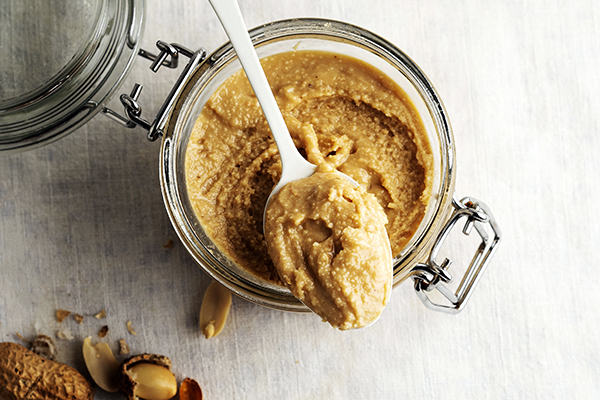
190 calories per 2 tablespoons
Smooth, creamy nut butters can be deceivingly high in calories compared to whole nuts. It’s easy to overindulge in nut butter if not portioned out correctly.
Slim it down: Measure out one tablespoon for toppings and two tablespoons for sandwiches to control your consumption.
3. Frozen Yogurt

222 calories per cup
While some brands offer lower-calorie options, many varieties of frozen yogurt can be just as calorie-dense as ice cream. Toppings can add even more calories to your treat.
Slim it down: Consider making your own frozen dessert to control ingredients and calories. Be mindful of high-calorie toppings if you opt for a froyo bar.
4. Coffee Drinks

Up to 520 calories
Calories from drinks can often be overlooked when watching your intake. Creamy lattes and sweetened coffee drinks can be calorie bombs, especially with added syrups and toppings.
Slim it down: Opt for skim milk or almond milk in your coffee and avoid excessive sweeteners and whipped cream to save on calories.
5. Honey
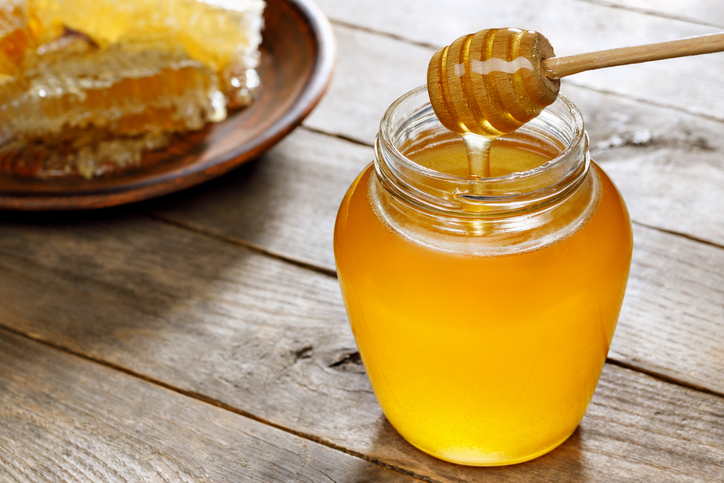
64 calories per tablespoon
Although honey is a natural sweetener, it still contributes to your calorie intake. It’s important to moderate your honey consumption to avoid excess calories.
Slim it down: Gradually reduce the amount of honey you use to adjust your taste buds to less sweetness. Consider using calorie-free sugar alternatives like stevia or monk fruit.
6. Avocado
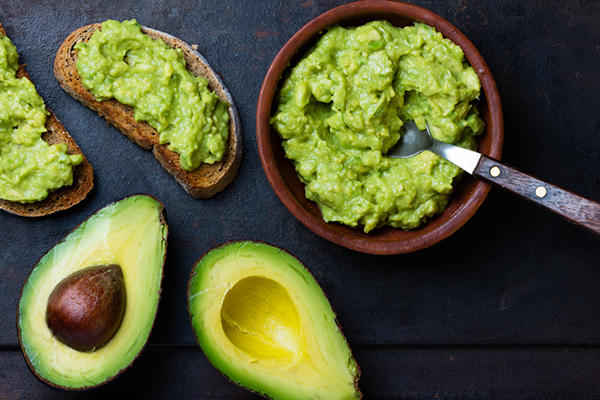
227 calories per avocado
While avocados provide healthy fats, consuming too much can lead to excess calorie intake. Portion control is key when enjoying avocados.
Slim it down: Limit avocado portions to a quarter for salads and half for toast to manage calorie intake. Prevent browning by storing leftover avocado with lemon juice and plastic wrap.
7. Cheese
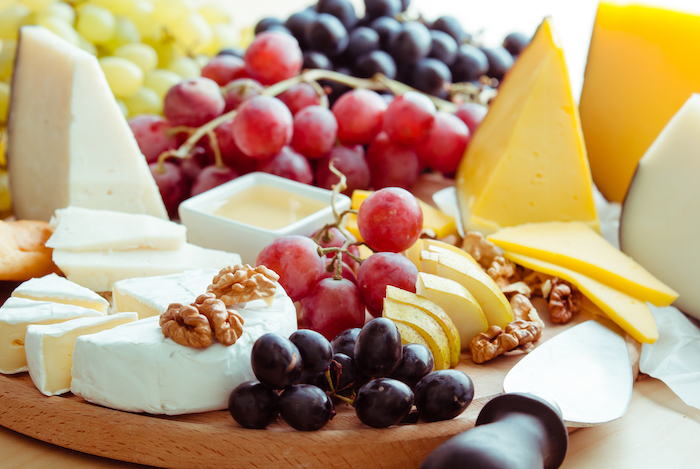
75 to 122 calories per ounce
Cheese can be a calorie-dense addition to your meals, so it’s important to moderate your consumption. Opt for shredded cheese over slices to control portion size.
Slim it down: Switching to shredded cheese and measuring out portions can significantly reduce calorie intake while still enjoying the flavor.
8. Seeds
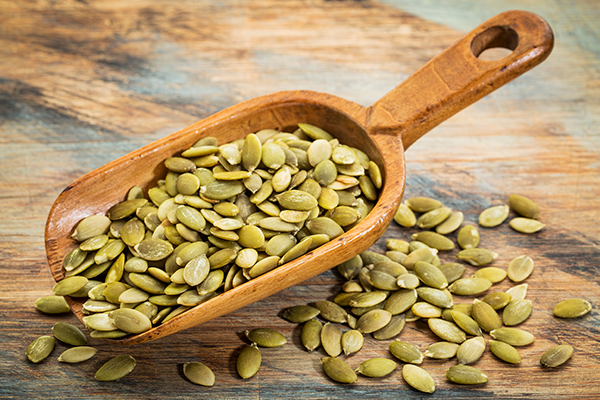
43 to 52 calories per tablespoon
Seeds may seem harmless, but they can contribute extra calories to your diet if not portioned out carefully. Be mindful of adding seeds to your meals to avoid excess calorie intake.
Slim it down: Measure out seeds before adding them to your dishes to control the calorie content and prevent overconsumption.
9. Dark Chocolate
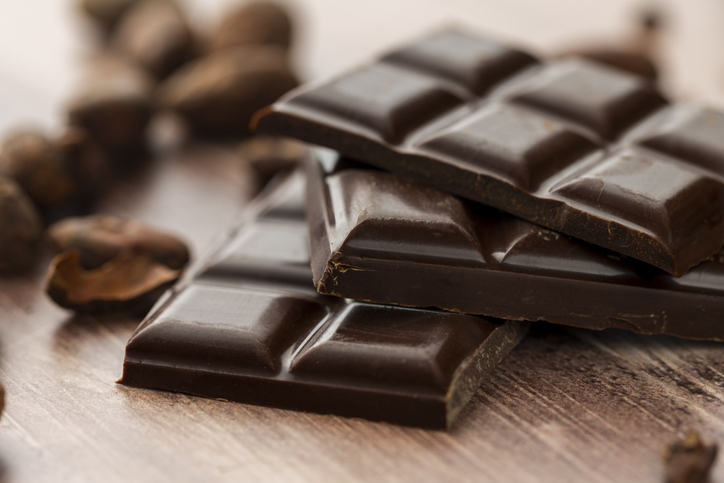
170 calories per ounce
Dark chocolate is a healthier alternative to milk chocolate, but it still contains a significant amount of calories. Enjoy dark chocolate in moderation to satisfy your sweet cravings without overindulging.
Slim it down: Limit your dark chocolate consumption and consider drizzling melted chocolate over fruits for a lighter dessert option.
10. Coconut Oil
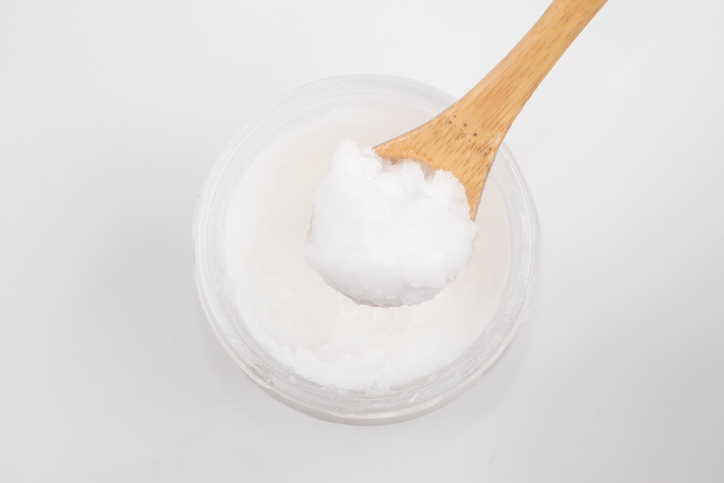
104 calories per tablespoon
Coconut oil is a popular choice for cooking, but it’s high in calories and saturated fat. Use coconut oil sparingly and consider combining it with other oils for a lighter dish.
Slim it down: Add a small amount of coconut oil for flavor at the end of cooking. Use avocado or olive oil for sautéing and add a hint of coconut oil for taste before serving.
The Bottom Line
Just because a food is labeled as “healthy” doesn’t mean it’s low in calories. To manage your weight effectively, be mindful of the calorie content in the foods you consume and practice portion control.
Watch out for calorie-dense ingredients in foods like smoothies and frozen yogurt, and pay attention to serving sizes for smaller items like seeds and cheese to prevent overeating.

